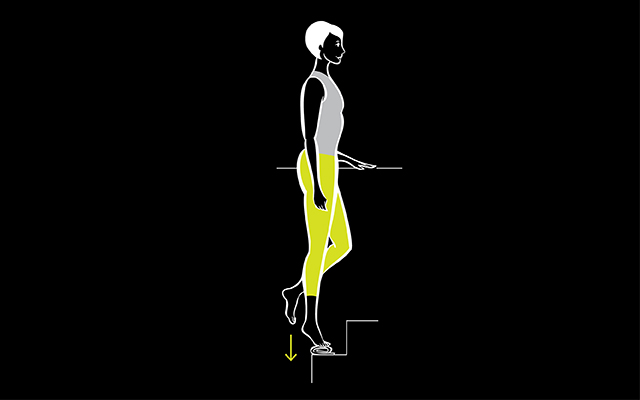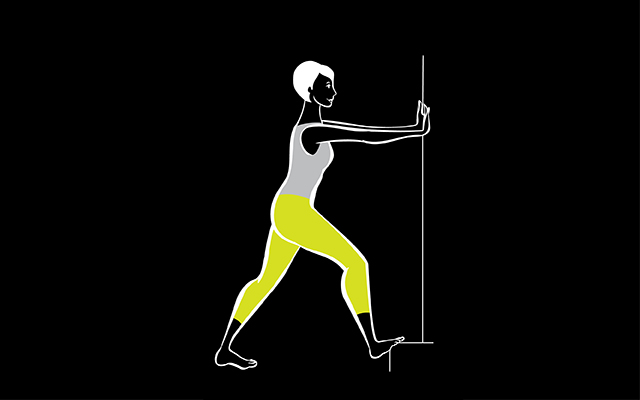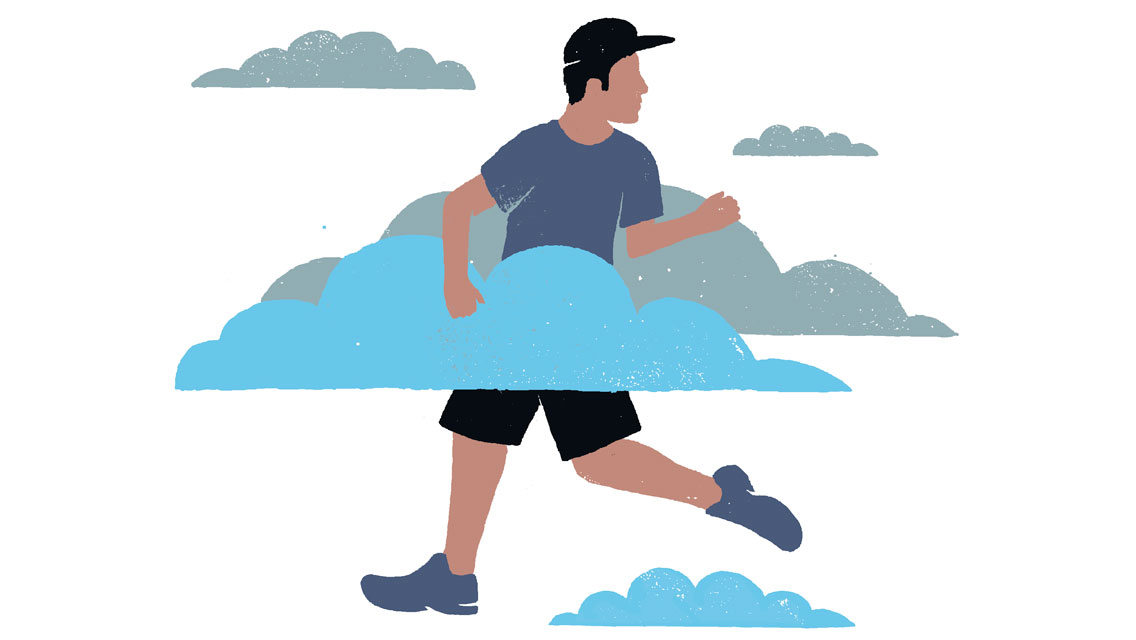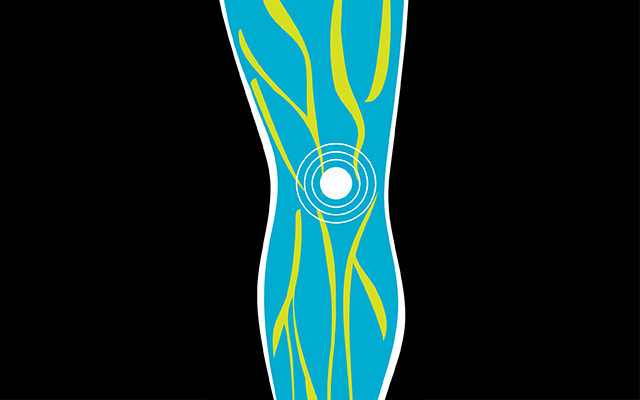Editor’s note about this series: Building a strong core is a foundational goal in many fitness programs, but strong limbs also play a critical role in your overall health and fitness. That’s why it’s important to look at the health of all of your joints and muscles — not just the ones that wrap around your middle. In our “Beyond the Core” series, we share exercises designed to strengthen and protect your feet, knees, shoulders, and neck.
One-quarter of the bones in your body are located in your feet. Each foot has 26 bones, 33 joints, and more than 100 muscles, tendons, and ligaments. It’s not surprising that your feet are so complex when you consider how much they do for you — allow you to bear weight, balance, and move your body in a variety of ways.
“Our feet give us information about the surface we’re on and adjust to every step we take. They connect us to our environment. But if we don’t have a strong, adaptable connection, the rest of our body has to compensate,” says Dean Somerset, CSCS, an Edmonton-based exercise physiologist who specializes in injury prevention and rehab.
Experts agree that routinely forcing our feet into restrictive footwear can limit their potential. “Over time, our feet can become too rigid and less adaptable to responding to environmental changes,” says Erika Mundinger, PT, DPT, a physical therapist in Bloomington, Minn., who specializes in spinal health, motor skills, and coordination.
Weakness can manifest as injury and pain in the foot itself, as in the case of the all-too-common plantar fasciitis. (Learn more about plantar fasciitis at “A Pain in the Foot“.) But foot dysfunction is rarely an isolated issue, says Bowman.
“If you don’t have adequate strength in your foot, your hip then has to change position. Your hip is attached to your pelvis, your pelvis is attached to your spine, and very quickly, weakness at your foot becomes a full-body issue,” she says.
Physicians frequently prescribe orthotics as a solution to foot-related dysfunction, but while they may help with symptoms, they don’t resolve the underlying cause, Somerset says. Nor will ditching your shoes altogether.
Instead of asking your feet to do too much, too fast, he recommends performing exercises to strengthen and mobilize your feet. He also suggests going barefoot or wearing minimalist shoes while strength training (for improved proprioception and stability) and wearing a more supportive shoe — and managing your mileage — when running (to offset the higher impact on delicate musculature and joints).
Experts say it’s also important to look at the muscles in our calves — the soleus and gastrocnemius — which respond to input from the feet to propel us forward.
“When your calf muscles have a limited range of motion, your pelvis in turn is limited and your body is forced to adjust to a completely different alignment, which can lead to knee and lower-back pain,” says Katy Bowman, MS, a biomechanist in Sequim, Wash., and author of several books on human movement, including Move Your DNA. She suggests limiting time spent in heeled shoes, taking breaks from prolonged sitting, and stretching the calf muscles regularly.
The Moves
Eccentric Heel Dips

- Stand barefoot on one leg on a stair, with a rolled-up hand towel under the toes of the standing foot and the heel extended off the edge of the step.
- Slowly lower your heel toward the floor on a count of three seconds down. You should feel a stretch in your calf.
- Press through the ball of your foot to lift your heel on a count of three seconds up. Then pause for two seconds at the top.
- Repeat 12 times. Then switch legs.
Soleus Stretch
 Illustration by Cindy Luu
Illustration by Cindy Luu- Stand on one foot and place the ball of the other foot on a low step. Hold on to a wall, railing, or chair for support if necessary.
- Bend both knees, focusing on the knee of the elevated front leg.
- Shift your weight forward onto your toes, but make sure to keep your heel down in the back.
- Hold for 30 seconds on each side.
For two stretches targeting tight, sore feet, check out “Fitness Fix: Tight, Sore Feet“.
This originally appeared as part of “Beyond the Core” in the print version of the March 2017 issue of Experience Life.




This Post Has 0 Comments